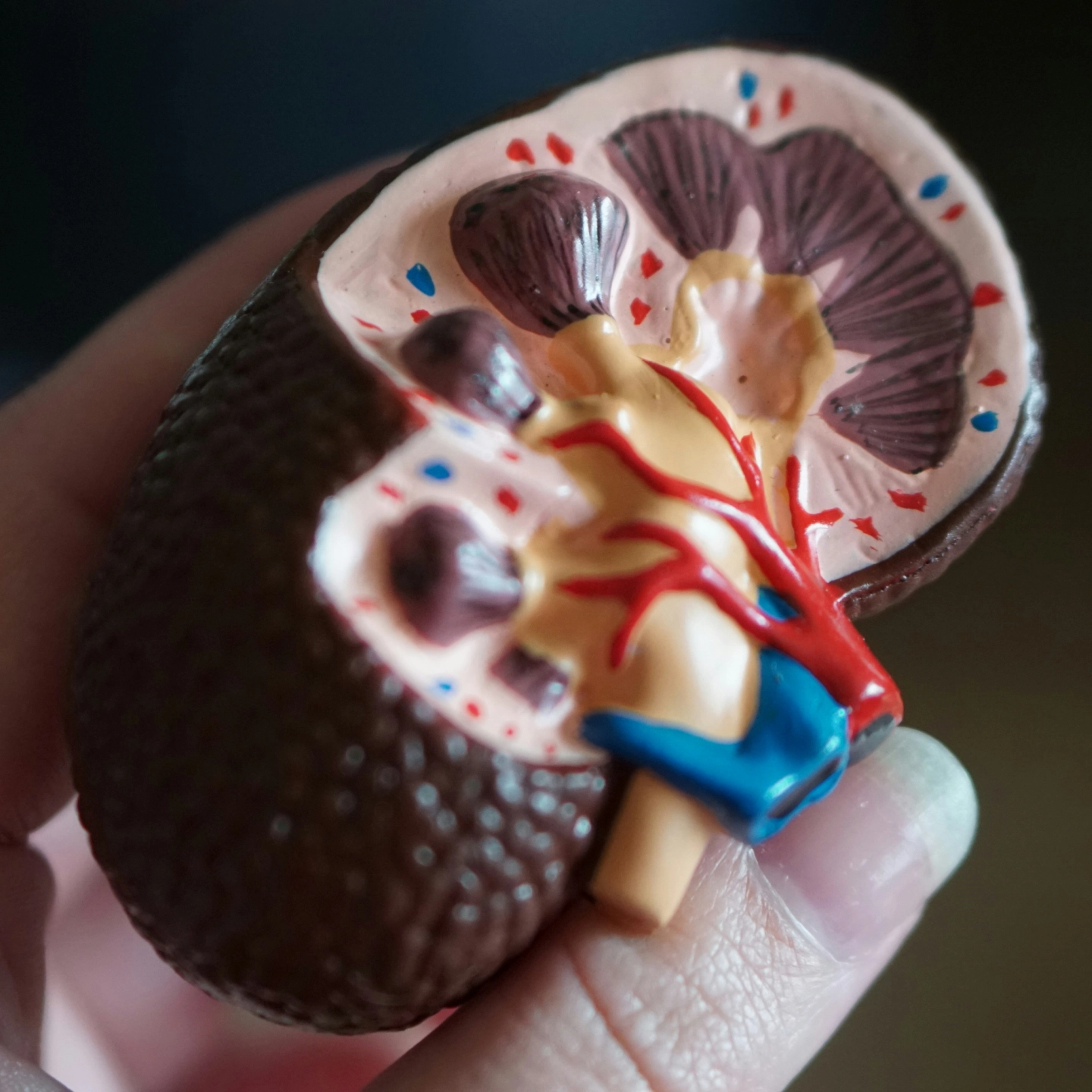ADPKD is a painful condition that can significantly affect quality of life. While a typical kidney is about the size of a human fist, polycystic kidneys can grow much larger—sometimes reaching the size of a football and weighing up to 30 pounds each.
Unlike some genetic diseases, ADPKD doesn’t skip generations, which means it often impacts multiple members of a family. About 10% of people diagnosed with ADPKD have no family history of the condition; this is called a spontaneous mutation. Once someone has ADPKD, whether inherited or from a new mutation, there’s a 50% chance they will pass it on to each of their children.
Accelerating Clinical Trials
Get notified of ADPKD clinical studies in your area.
By clicking Subscribe you’re confirming that you agree with our Terms & Conditions.
Find answers to the most commonly asked questions.
-
How do I find up to date information on treating PKD?
Get the latest information on treating PKD with UpToDate.
-
Where can I find resource articles?
From resources to research, we’ve consolidated years of information so you can easily find the information and answers you need.
View our Resources.
-
Where can I find additional resources?





